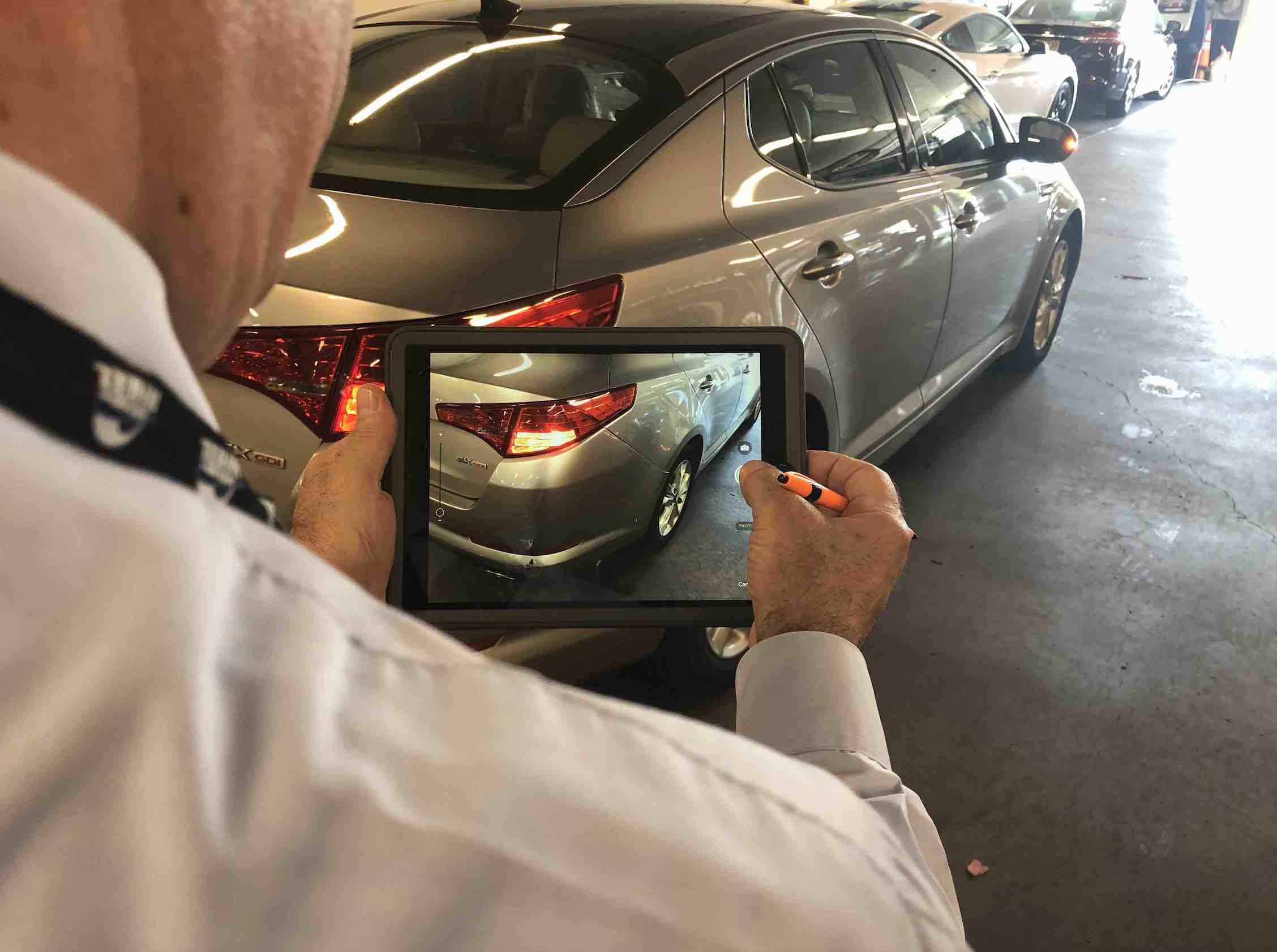Tablets on the Service Drive: Excellent Tool or Monumental Distraction?
By Ted Ings, Executive Director
Is tablet use hurting your fixed ops department?
These days, electronic tablets are all over the place. Wherever you go, people are walking around with their heads down staring into digital displays. And now, tablets have invaded the service drive – and it’s unclear whether that’s a good thing.
How tablets cause problems on the service drive
Tablets are designed to be more efficient than old fashioned paper and pencil. Advisors use these digital devices for tasks such as writing tickets, performing cursory vehicle inspections and scheduling appointments.
Although tablets sound great in theory, they provide several problems when deployed on the service drive. Issues include:
• Lack of eye contact: Anyone with a teenager knows how distracting tablets can be. Much like your adolescent, advisors become captivated by the digital display and lose eye contact with everyone around them. Even the customer gets ignored once the mesmerizing glow of the screen is at work.
• Poor body language: Sorry, but hunkering over a tablet is not good body language. Standing up straight and looking directly at the customer is a much better strategy.
• Ignoring the customer: In most instances, the advisor dismisses the customer, then continues their walk-around with the tablet. So - the customer is not even asked to participate. Or, worse yet, while completing the inspection, they leave the guest standing in the service drive completely ignored.
• Neglecting to ask questions: Naturally, when the customer is either M.I.A or completely ignored, questions go unasked. And guess what that leads to? Poor CSI scores and an overall reduction in both productivity and profit.
• Forgetting about the vehicle as a selling tool: Employees are so busy entering information and taking digital photos that they forget to use the vehicle to upsell work.
• Failing to build rapport: Of course, an advisor who’s glued to a screen is missing out on human interaction and thereby, failing to build rapport.
• Struggling with DMS integration: Tablets are digital devices, much like your laptop computer. As such, you’d expect them to work well with DMS software but, all too often, that’s not the case.
Tablets also provide benefits
WHO NEEDS TRAINING AT YOUR DEALERSHIP?
Tablets can be useful on the service drive, despite the issues mentioned above. A few key benefits include:
• Increased mobility: Being able to access information and input data on the go is a major plus.
• Less paperwork: More of the process is handled electronically, so there’s less paperwork.
• Streamlined process: Everything is right at the advisor’s fingers tips, which helps speed things along.
• Reduced liability: Snapping pictures of a vehicle on the service drive helps document damage. The process also captures issues a hurried advisor might otherwise overlook.
Book a Complimentary "Ask the Expert" Discovery Call with Ted Ings
Exclusively for Dealers, Executive Managers and OEM/Lenders/Suppliers
• Easy information sharing: Advisors and technicians can easily pass information back and forth. The customer can be kept in the loop too, via email or text.
• Helps your department look modern: If you go to some hole-in-the-wall repair shop, you might find advisors still writing tickets by hand, which seems archaic. Soon, not using tablets on the service drive may be perceived the same way.
So, what’s the solution?
What’s the solution? Even though digital devices have their place, we must remember they cannot replace the art of selling, showing, telling and asking for the sale.
WHO IS TED INGS?
Advisors should perform a walk-around with the customer – as they always have – to build rapport and trust, gain insight and ask for business. The tablet should not make an appearance until these more personal interactions have been performed.
There’s room for both digital device use and excellent customer service on the drive. And it’s up to you to teach your team how to combine the two.




